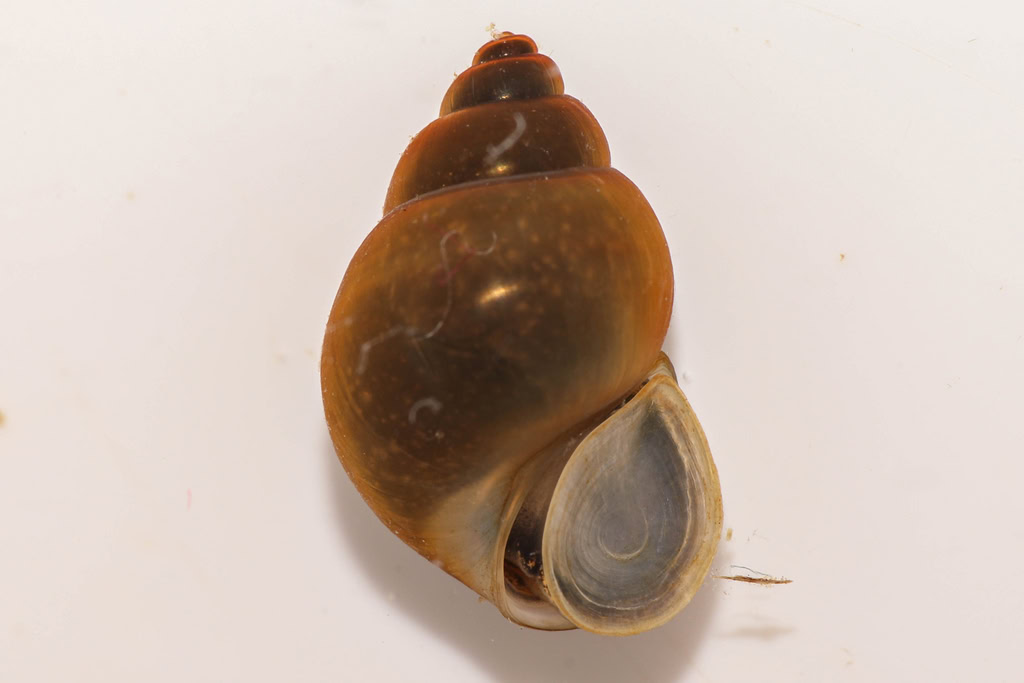Here at Trafford Ecology Park, we’re fortunate to have a variety of rich and diverse habitats, from serene woodlands to vibrant wildflower meadows. But the single largest feature on-site is our 0.75-hectare lake, a body of water that, until recently, has remained somewhat of a mystery to us in terms of its ecological value.
Why Understanding Our Lake Matters
As part of a recent review of our nature sites, we’ve been re-evaluating how we manage different habitats to ensure their long-term health and biodiversity. A critical part of that process involves understanding what species already call our habitats home.
Adding to this, we’ve recently entered into an exciting Knowledge Transfer Partnership (KTP) with the University of Manchester, designed to bridge academic research with real-world application in nature conservation.
When Curiosity Meets Expertise
These two initiatives came together serendipitously in July when Andrew, our resident wildlife enthusiast, set out to investigate the lake’s ecology. At the same time, a review meeting for the KTP was taking place, and among the attendees was Dr. Ian Thornhill, a lecturer in Environmental Management whose PhD focused on freshwater habitats and invertebrates.
When Ian heard about Andrew’s plans, he immediately offered to join in and of course, we couldn’t pass up the chance to benefit from such expert knowledge!
A Fascinating Dip into the Unknown
What could have been a simple, exploratory look into the lake quickly turned into a real learning opportunity. Ian’s insight transformed the experience, helping us identify a variety of fascinating freshwater invertebrates, some we had never seen before.
Among the highlights:
- A pregnant female freshwater shrimp (Crangonyx pseudogracilis). This is a now naturalised North American species transported to the UK through ballast water used in shipping.
- Several Water Hoglouse. These generalists are critical to the decomposition process and for recycling dead organic matter.
- Back swimmers or ‘greater water boatmen’ (Notonectidae). As the name suggests, this family of invertebrates swim upside down, predating and scavenging near the water’s surface.
- Transparent Ghost midge larvae (Chaoboridae). These fly larvae are practically transparent – hence their name.
- A Common Bithynia, a type of freshwater snail.
It was an inspiring reminder of how much life our lake holds and how much we still have to discover.




